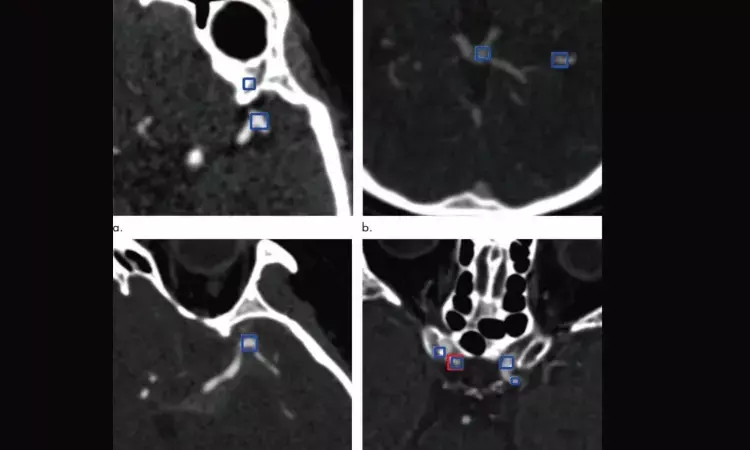- Home
- Medical news & Guidelines
- Anesthesiology
- Cardiology and CTVS
- Critical Care
- Dentistry
- Dermatology
- Diabetes and Endocrinology
- ENT
- Gastroenterology
- Medicine
- Nephrology
- Neurology
- Obstretics-Gynaecology
- Oncology
- Ophthalmology
- Orthopaedics
- Pediatrics-Neonatology
- Psychiatry
- Pulmonology
- Radiology
- Surgery
- Urology
- Laboratory Medicine
- Diet
- Nursing
- Paramedical
- Physiotherapy
- Health news
- Fact Check
- Bone Health Fact Check
- Brain Health Fact Check
- Cancer Related Fact Check
- Child Care Fact Check
- Dental and oral health fact check
- Diabetes and metabolic health fact check
- Diet and Nutrition Fact Check
- Eye and ENT Care Fact Check
- Fitness fact check
- Gut health fact check
- Heart health fact check
- Kidney health fact check
- Medical education fact check
- Men's health fact check
- Respiratory fact check
- Skin and hair care fact check
- Vaccine and Immunization fact check
- Women's health fact check
- AYUSH
- State News
- Andaman and Nicobar Islands
- Andhra Pradesh
- Arunachal Pradesh
- Assam
- Bihar
- Chandigarh
- Chattisgarh
- Dadra and Nagar Haveli
- Daman and Diu
- Delhi
- Goa
- Gujarat
- Haryana
- Himachal Pradesh
- Jammu & Kashmir
- Jharkhand
- Karnataka
- Kerala
- Ladakh
- Lakshadweep
- Madhya Pradesh
- Maharashtra
- Manipur
- Meghalaya
- Mizoram
- Nagaland
- Odisha
- Puducherry
- Punjab
- Rajasthan
- Sikkim
- Tamil Nadu
- Telangana
- Tripura
- Uttar Pradesh
- Uttrakhand
- West Bengal
- Medical Education
- Industry
Radial wall strain novel measure of plaque composition and vulnerability in coronary stenosis patients: Study

China: A recent study has shown that angiography-derived radial wall strain (RWS) significantly corresponds with plaque composition and vulnerability in patients with intermediate coronary stenosis. The study appeared in the journal EuroIntervention.
The thin-cap fibroatheroma (TCFA) and the lipid-to-cap ratio (LCR) derived from optical coherence tomography indicate plaque vulnerability. Huihong Hong from Fujian Medical University Union Hospital in Fuzhou, China, and colleagues aimed to explore the association of a novel method for estimating RWS from angiography with features of plaque vulnerability assessed by OCT and plaque composition.
For this purpose, the researchers analyzed anonymized data from patients with intermediate stenosis who underwent CAG (coronary angiography) and OCT in a core laboratory. The TCFA and LCR were determined automatically on OCT images by an algorithm recently validated based on artificial intelligence. The angiography-derived RWSmax was computed as the lumen diameter's maximum deformation throughout the cardiac cycle, determined as a percentage of the largest lumen diameter.
The study led to the following findings:
- CAG and OCT images from 114 patients (124 vessels) were analyzed. The average time for the analysis of RWSmax was 57 seconds.
- The RWSmax in the interrogated plaques was 12% and corresponded positively with the LCR (r=0.584) and lipidic plaque burden (r=0.411) and negatively with fibrous cap thickness (r= −0.439).
- An RWSmax >12% was an angiographic predictor for an LCR>0.33 (AUC (area under the curve)=0.86) and TCFA (AUC=0.72).
- Lesions with RWSmax >12% had a higher TCFA prevalence (22.0% versus 1.5%), thinner fibrous cap thickness (71 μm versus 101 μm), more significant lipidic plaque burden (23.3% versus 15.4%), and higher maximum LCR (0.41 versus 0.18) compared to lesions with RWSmax ≤12%.
"In patients with intermediate coronary stenosis, angiography-derived RWS was significantly correlated with plaque composition and known OCT features of plaque vulnerability," the researchers concluded.
Reference:
Hong H, Li C, Gutiérrez-Chico JL, Wang Z, Huang J, Chu M, Kubo T, Chen L, Wijns W, Tu S. Radial wall strain: a novel angiographic measure of plaque composition and vulnerability. EuroIntervention. 2022 Sep 8:EIJ-D-22-00537. doi: 10.4244/EIJ-D-22-00537. Epub ahead of print. PMID: 36073027.
Dr Kamal Kant Kohli-MBBS, DTCD- a chest specialist with more than 30 years of practice and a flair for writing clinical articles, Dr Kamal Kant Kohli joined Medical Dialogues as a Chief Editor of Medical News. Besides writing articles, as an editor, he proofreads and verifies all the medical content published on Medical Dialogues including those coming from journals, studies,medical conferences,guidelines etc. Email: drkohli@medicaldialogues.in. Contact no. 011-43720751


